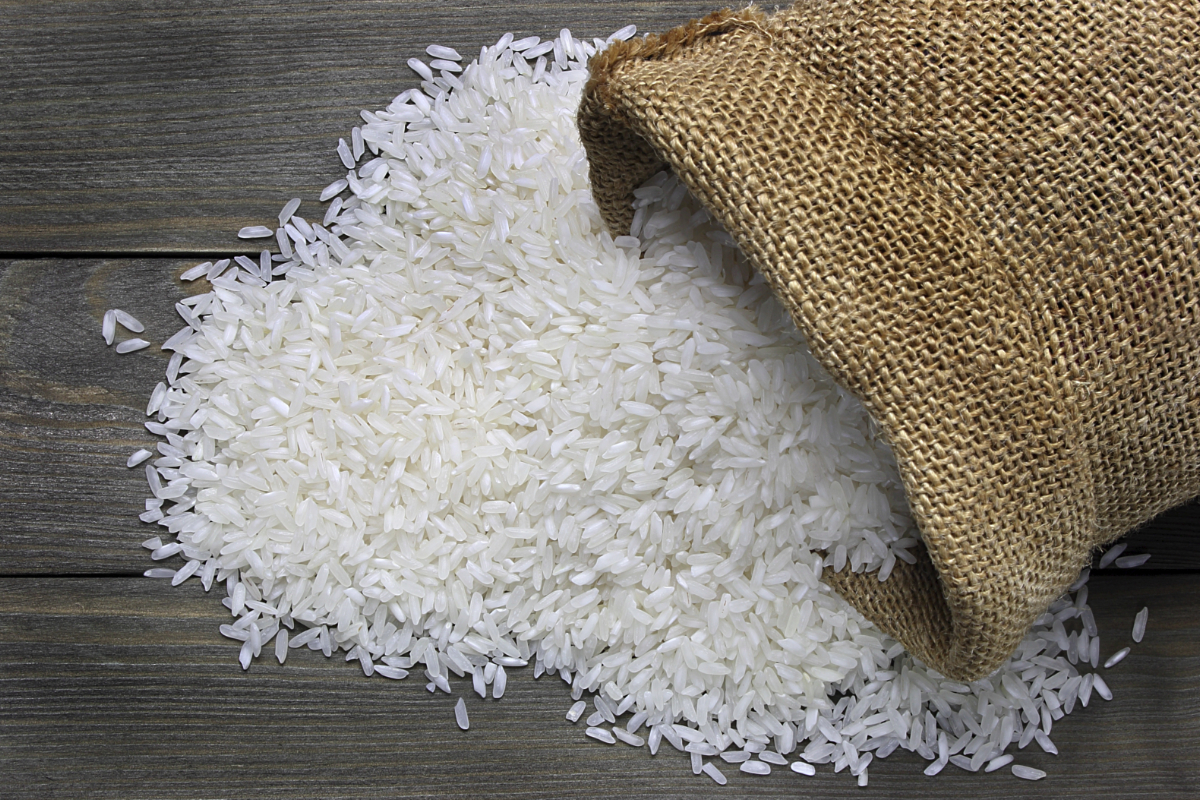
Rice is among the most common foods eaten globally. Currently, 40,000 varieties of rice are grown in different continents, save for Antarctica.
It’s widely known that this staple food can be prepared and enjoyed in so many different ways. However, there are numerous things about rice that remain unknown to most people.
Here, learn a few facts about rice that you can impress people with at the dinner table.
Gluten-Free Option or Not?
Gluten is a protein contained in particular cereals. Some people are allergic to the protein, while others are looking to cut gluten from their diets in a bid to eat healthier.
Is rice gluten-free? Indeed it is. Both gluten intolerant and health-conscious people can enjoy the numerous rice dishes, sauces, and soups comfortably without worrying about harming their health.
Brown vs. White Rice
We have two broad classifications of rice: white and brown rice.
Brown rice is often the popular go-to for rice lovers with certain health conditions. People with high blood sugar and cholesterol problems, for example, can enjoy their brown rice without their conditions being exacerbated. Brown rice is a whole grain rice whose inedible outer hull is removed.
White rice has the outer hull, cereal germ, and bran layer removed.
There is also the less popular gold, red and black rice types. These are made of whole grain, then pigmented.
Nutritional Content
This popular food is not lacking in nutrients. While most people are aware that rice is a high carbohydrate meal, most are surprised to know that it contains some fibre as well.
Naturally, because of its minimal processing, brown rice has more dietary fibre than white rice. Enriched white rice, on the other hand, will have more iron and folate.
Rice Farming Requires A lot of Water
Do you know how that bowl of rice came to be?
The most interesting fact about rice farming is how much water it requires. Most rice-growing communities that grow the food traditionally plant their rice in shallow water basins.
It’s often said that it takes about 5,000 liters of water to produce the kg of rice you buy from the stores. Different rice variations have different plant-to-harvest duration. There are short-duration varieties that are ready in 100 to 120 days.
120 to 140 days for medium duration varieties and about 160 days for long-duration types.
Preservation
White cooked rice goes bad quickly at room temperature; raw rice is more forgiving.
Uncooked rice that is properly stored can remain fresh for ten to thirty years.
There You Have It
Ordinary-looking rice has more to it than meets the eye. Now you understand its nutritional value better, healthy rice options, how it’s farmed, and that it helps you stay away from gluten.

